The central city of Homs has paid a very high tax from the victims since the revolution erupted in March 2011. The city that the Syrians considered as the capital of their revolution also meant a lot to Bashar al- Assad’s regime. The sectarian mix inside the city, in addition to its proximity to the areas that are considered a human center for groups that are highly loyal to sectarian reasons, was a major reason for the vanguards of massacres and killings on sectarian grounds, committed by militias from inside and outside the borders. The common denominator was sectarian hatred, planned by Al-Assad and his supporters in Iran and Lebanon. Observers unanimously agree that Homs and its countryside witnessed the most horrific and heinous massacres of the regime, especially at the beginning of the revolution during Al-Assad forces and militias' invasion of Baba Amr neighborhood and its vicinity. Local sources say that the massacre of the Bab Amr neighborhood was the first in Syria in terms of the number of victims. No one, to date, can count or know exactly the number of dead people who fell inside "Baba Amr" after the regime's army stormed it, as this town formed an incubator that included Rebels from different neighborhoods of Homs. Where are the bodies of those martyrs who fell in the "Baba Amr" neighborhood, and why did we not see or hear about the discovery of any mass grave inside the city of Homs, like in other governorates, despite the long years since that massacre has passed? According to cross information, the number of victims of the sectarian liquidation in Baba Amr and its vicinity reached about 4,300, the overwhelming majority of them civilians, in the outcome of the bloody confrontations with the regime’s army and militias from the outbreak of the revolution until the town’s fall in the hands of the regime in March 2012. There is no doubt that this toll of victims includes dozens of revolutionaries and fighters who came from the rest of the neighborhoods to support the people of their city in this neighborhood, which had the first to break out of the regime's control. Extermination of entire families Consequently, Zaman Al-Wasl reveals facts and information documented with aerial photographs about the places of burial of the bodies of the Baba Amr victims. At the beginning of 2012, forces composed of the Republican Guard, the 555th Regiment of the Fourth Division, and the forces of the Lebanese “Hezbollah” militia began a major attack on the besieged Baba Amr neighborhood, supported by forces from the 168th Anti-Armor Regiment, artillery and rocket launchers from the 64th Regiment stationed near the town Shinshar (16 km south of Homs). The regime also pushed hundreds of sectarian Shabiha militias from the loyalist areas and neighborhoods inside and outside Homs, along with a Shiite militia from the villages surrounding the city. An official source confirms that the orders came at the time from Assad personally to settle the issue of "Baba Amr" after negotiations led by Assef Shawkat that ended in failure. Eyewitnesses and civil sources were unanimous that direct killing was the fate of everyone who was reached by this militia. The people were subjected to massacres, the results of which resulted in the extermination of entire families inside their homes and orchards. Perhaps most of them have sinned by being residents of that part of the earth. They preferred to stay in it despite the dangers that befell them with the beginning of the military revolutionary movement there. The same sources confirmed that some of the others who were liquidated inside the agricultural lands, the regime's elements buried them there. The regime forces set fire to some houses, including their residents and killing them all, in order to destroy the bodies of the victims, including many children, women and the elderly, and nothing remains except their ashes inside those homes. In addition, militia members and Al-Assad army used to sometimes collect bodies in the place where animal feed was located and then set fire to the place so that no trace of anybody remained, and this incident was repeated hundreds of times, according to local sources. The same sources confirmed that some of the others who were liquidated inside the agricultural lands, the regime's elements buried them there. Location of detention, investigation and liquidation: During its siege of the town of Baba Amr and its environs, the sectarian militia used a headquarters to arrest the detainees, located on the diversion road, about one kilometer after the "Jobar" bridge. This place is basically a company called Ugarit Soft Drinks, which is owned by a regime thief, a brigadier general who used to serve in the regime's security services, called Brigadier General "Ali Ismail". The Republican Guard forces used this company as a place of arrest and detention, and all detainees from that region were imprisoned and tortured there. This company has a large warehouse, about 500 square meters, that served as the main place for arrest, torture and liquidation. Inside it, crimes against humanity against both men and women took place. According to a resident of the region who lived through that period accurately, the total number of those who were liquidated inside this prison alone exceeded about 460 people, between men and women, over a period of months, fighting battles there with the regime. Al-Shammas' Cemetery: At the beginning, and over the course of several months of confrontations and siege, and before the regime’s incursion, the "Baba Amr" rebels used to bury their martyrs in the cemeteries located inside or near the town. They were also transporting some of the martyrs to a newly opened cemetery in the "Al-Shammas" neighborhood, adjacent to the "Baba Amr" neighborhood on the eastern side, which housed the main field hospital for the wounded as well. The ambulance team did not succeed in treating them due to their need for great medical interventions that fail to meet the experience of the medical team and the equipment present there. These victims were buried in this cemetery, which is known among civilians there as the "cemetery of the martyrs," where a number of residents of the "al-Shammas" neighborhood who were supporting the "Baba Amr" neighborhood were buried there and were liquidated by the regime. Pyramids of the bodies in the Military Hospital As for some of those who were killed by the regime and its militias inside residential neighborhoods such as Bab Amr, Jourat Al Arayes, "Al Sultaniya" and Jobar, most of them were taken to the Military Hospital in Homs and were thrown there. Identical sources stated that the people of the "Baba Amr" neighborhood, who are outside it, formed a committee to negotiate with the regime in order to receive the bodies that were withdrawn by the regime to be buried. This committee was headed by Sheikh "Maan Tohme", preacher of the "Al-Gilani" mosque in Baba Amr. He was a well-known and beloved figure among all the people of "Baba Amr" and its neighborhood. He was accompanied by several other personalities, including Sheikh Khaled Al-Aqraa from the village of Jobar and Hassan Al-Shamali "from the village of" Kafr Aaya "and others. It was reported that Sheikh Maan (who is currently in Jordan) said that when they visited the military hospital in Homs, the smells were terrible and unbearable, and the bodies were thrown and stacked on top of each other, and some belonged to the regime's members and not only to the people. Elements of those who showed sympathy with the victims were liquidated on the grounds that they supported the revolutionaries or intended to defect. The regime set several conditions in order to agree to the delivery of the bodies, and among these conditions is that these bodies are distributed and buried in cemeteries specified by the system, that the bodies are received in batches, and that each batch of these batches is buried in a village cemetery specified by the regime's officers and other conditions. Under the pressure of the situation, the committee agreed to all of these conditions, and batches were received, which were transferred to the cemeteries of the villages specified by the regime, and the following numbers were buried in the cemeteries of these villages: (Al-Dibeh cemetery: 380 bodies were buried at one time, Al-Buwayda cemetery: 80 bodies were buried, Kfar Aaya cemetery: 75 bodies were buried, Maskan cemetery: a few more than 30 were buried in it, Al-Jadida cemetery: about 60 bodies, Shanshar: about 50 bodies And the new Abel cemetery: about a hundred corpses, which the regime destroyed and later tampered with). The total of the bodies that were buried and distributed to those graves reached 750 bodies, as the trench was dug and the bodies were buried, and then the graves were covered with panels of zinc, and then dirt was buried over them. Things were proceeding in this way until the rebels of the "eastern al-Buhaida" photographed the bodies during the burial process, which prompted the regime to stop handing over the rest of the bodies that remained with it. The regime’s personnel followed up its distribution, whereby an unknown number was buried in a mass grave on the borders of the town of Jobar, and another section was transferred to the “Al-Nass” cemetery west of Homs, and a third section was buried inside the northern Homs cemetery called “Tal Al-Nasr” cemetery. They were buried there en masse, with numbers approaching fifty in each. The picture on the left is a model of one of the orchards, which shows dozens of shell holes which some of the bodies were buried inside. The total of the bodies that were buried and distributed to those graves reached 750. A mass grave near the town of Jobar, adjacent to the Baba Amr neighborhood. A mass grave near the town of Jobar, adjacent to the Baba Amr neighborhood * 1,100 missing and 560 casualties listed Although there are no accurate statistics for the number of martyrs who fell on the "Baba Amr" and its vicinity, most of those contacted by those who witnessed these events confirmed that the number ranges between 4000-4300 dead and missing from the beginning of the revolutionary movement until the revolutionaries left there. There are 1100 of them missing whose fate is not known to date, and among those martyrs who have been documented by the regime itself are the list within the Criminal Security Branch in Homs, which includes the names of 560 victims from the people of "Baba Amr" who have been liquidated by the regime's agents, but they were registered and recorded as long as " Armed terrorist gangs "were the ones who killed them. This list, which is in the Criminal Security Branch in Homs, the regime sent a copy of it to the United Nations in order to incriminate the revolutionaries there and absolve the regime and its criminals.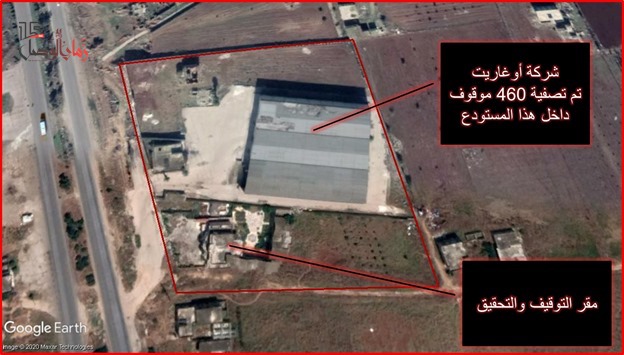
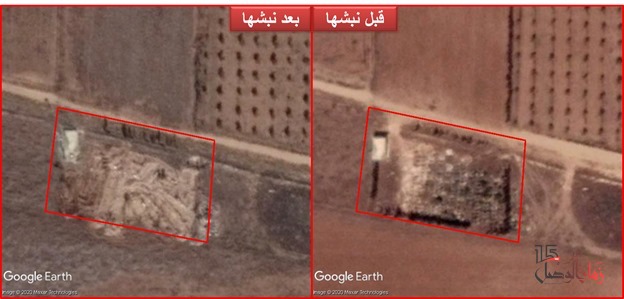
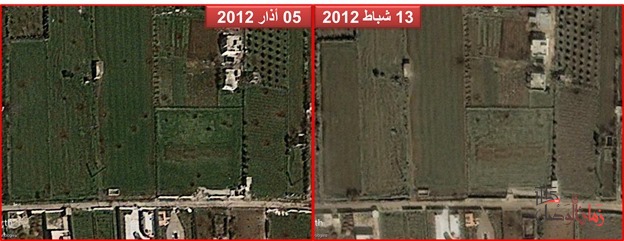
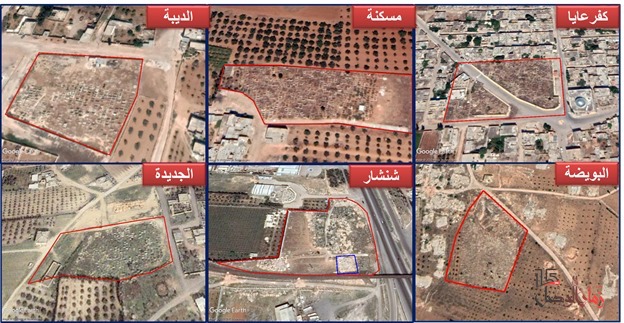
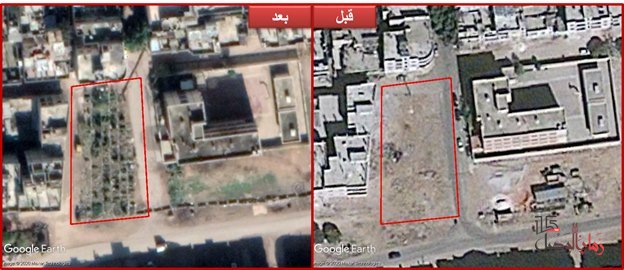
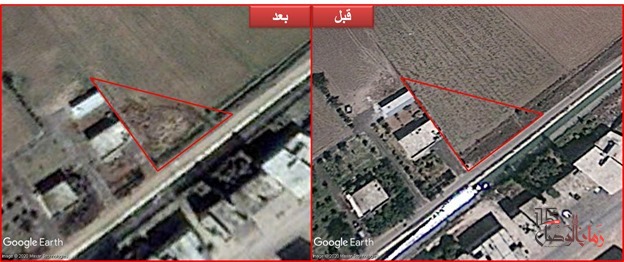
What you know about Bab Amr's mass graves

Zaman Al Wasl















Comments About This Article
Please fill the fields below.